Giò Emi uses a variety of technologies and artisanal processing methods to transform raw fibers into finished fabrics. Giò Emi carefully selects the noblest yarns through precise and strict quality standards. Knowledge of raw materials, well-established relationships with its manufacturers and artisanal, manual finishing processes result in opulent fabrics with all-Italian charm. Among the most widely used yarns are certainly linen, a sustainable fiber capable of retaining moisture, Merino wool, endowed with a very delicate texture, silk, famous for its luster, and cupro, widely used in clothing and recently popularized in furniture, also endowed with a very silky and shiny appearance.
TECHNOLOGIES
The Raw Materials
Professionalism
Excellence and commitment, always.
Experience
Forty years in the textile industry.
Customer Service
Customer Care Professional and fully available.
Processing Technologies and Methods
All of our items are researched, developed and produced in Italy following the artisanal method par excellence. Through technologies and manual labor, we are able to achieve unique effects.
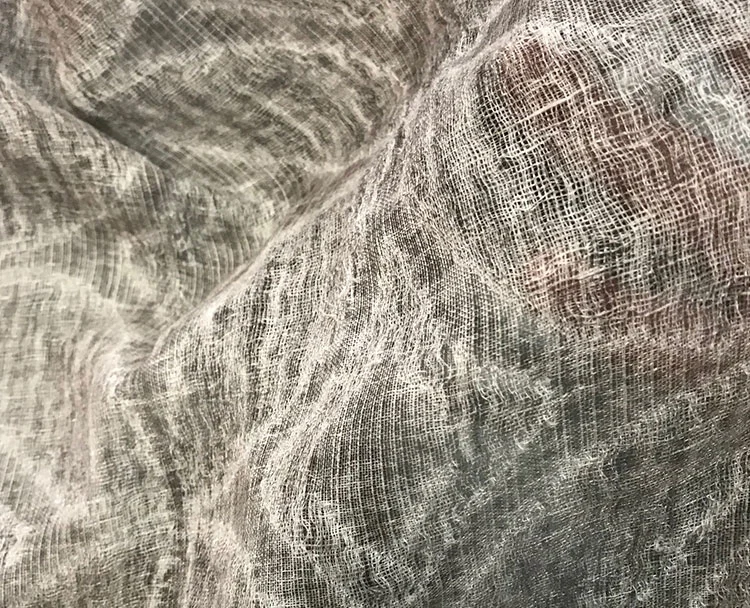
Maltintura
Maltintura is a dyeing technique, created by the founders of the company, that allows to obtain shadows and spots, which give depth to the fabric. The first step consists in immersing the fabric in a solution composed of dye and other natural substances, and then passing it through a machine that carries out a drying process. At the end, once the final pigmentation effect has been achieved, the fabric will be processed in other machines to obtain the desired softness.
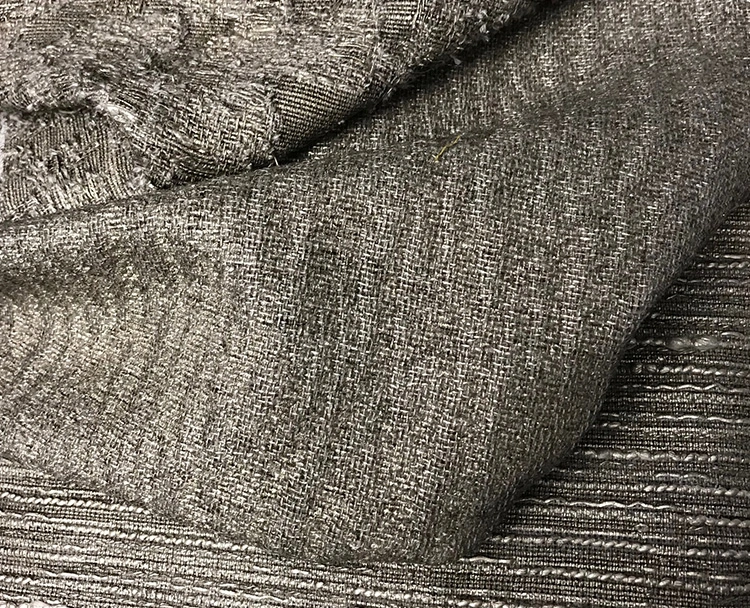
Lamination
Lamination is a process that consists of applying a metal foil to the fabric, after dyeing it. This foil can be gold or silver. Once the product has been laminated, it is subjected to other finishing and manual procedures that allow it to obtain the desired softness.
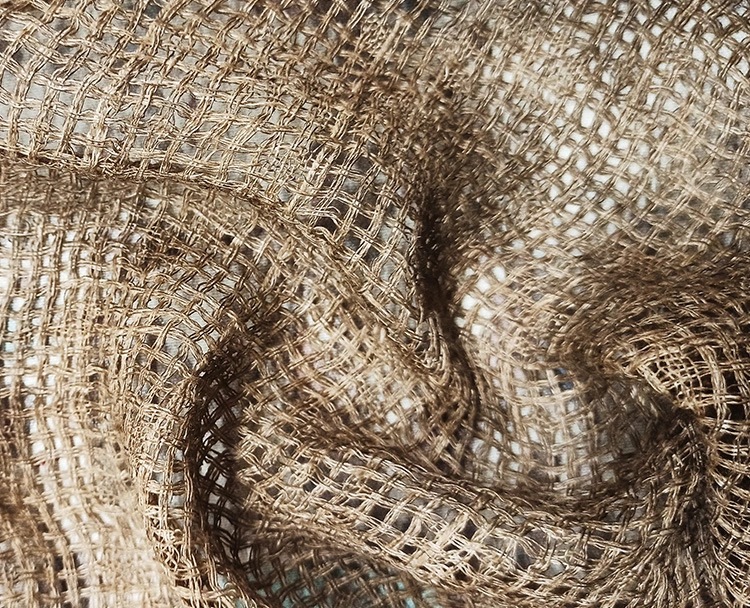
Deconstruction
Fabric deconstruction is a process that alters the original structure of the fabric to obtain a softer, more worn and vintage look. The fabric undergoes a sort of high-pressure effervescence with an emulsion that is absorbed and deconstructs it, giving it the unmistakable effect of "explosion" and loss of the original appearance. This process is dosed and controlled thanks to a subsequent stabilization phase.
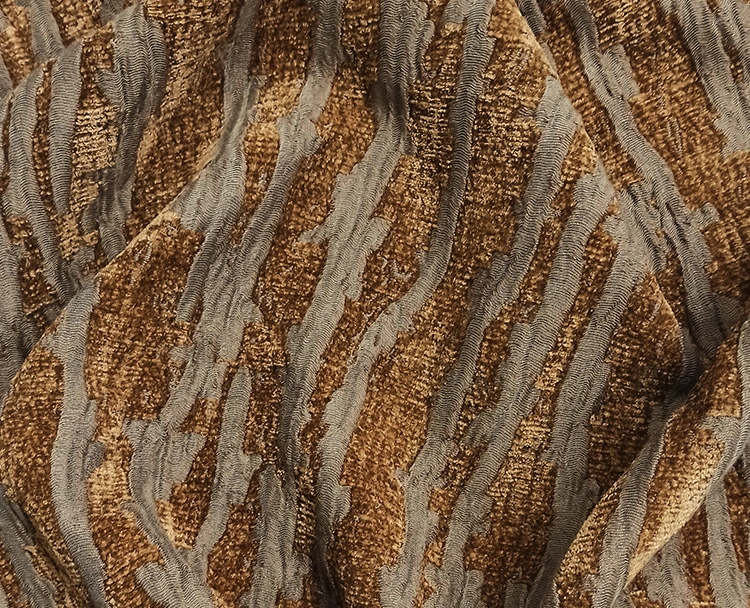
Double Dyeing
Double dyeing of fabrics is a process that involves the use of two dyes to create unique color effects. It is achieved by immersing the fabric in a first dye bath, followed by a second with a different color. This method produces complex shades and distinctive decorative results.
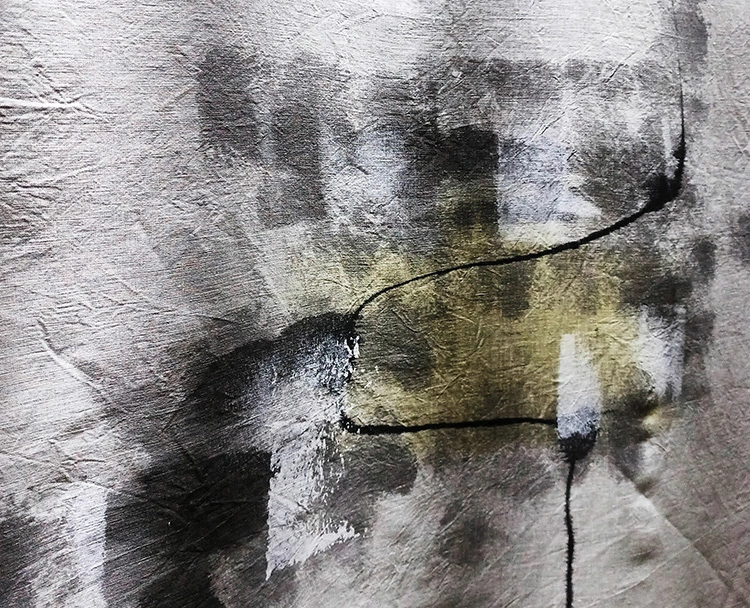
Textile Printing
Textile printing is a process of applying designs or patterns to fabrics using various methods, such as screen printing, digital printing, or transfer printing. Used in the fashion, furniture, and technical textile industries.
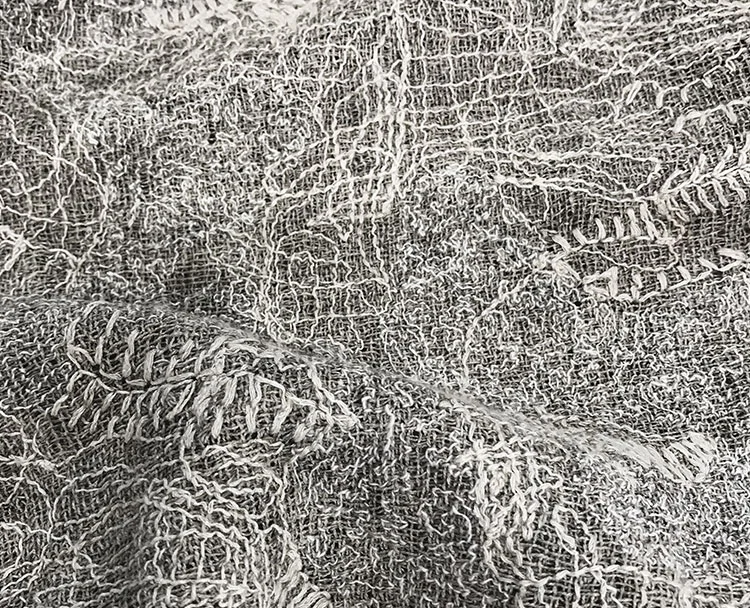
Embroidery
All embroidered fabric designs are created by the design department within the company. The embroideries can be tone on tone, or on linen, or colored for modern environments. The idea is to create interesting and unusual material formations.
Visit the Showroom
Our showroom in Monza is a space dedicated to the culture of furnishing fabrics and drapery. Together with our team of experts, you can design and build your own home. In addition to the Giò Emi fabric collections, we are able to customize fabric and offer tailor-made solutions, targeting industry professionals such as architects, decorators, designers, and paying special attention to individual individuals who want to personalize their homes.
